Ontario Nature Blog
Receive email alerts about breaking conservation
and environmental news.
© Lora Denis
Accessible boardwalk, Petrel Point Nature Reserve © Gabriella Zagorski
My new position with Ontario Nature couldn’t have come at a better time. The opportunity to explore conservation areas, monitor new species and forge new connections has greatly enhanced my appreciation for Ontario’s biodiversity.
Each of Ontario Nature’s twenty-six nature reserves is unique; ranging from old growth forests to bogs to alvars. areas, but they sometimes need active and ongoing management. As conservation professionals, we use a variety of techniques to restore and maintain our nature reserves. And some of these hands-on activities have the added benefit of bringing people together through volunteer opportunities.
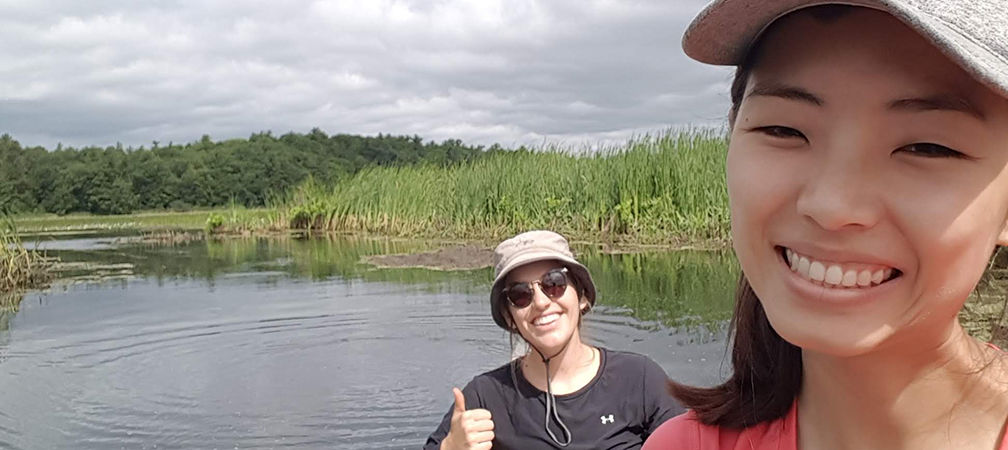
When we acquire a new property, such as our latest purchase, Gananoque Lake Nature Reserve, we first survey the entire property. A fundamental component of this fieldwork is to conduct Ecological Land classification, which is a protocol based on identifying the soil and performing vegetation surveys. This classification forms the basis for future management of the property and allows us to characterize it into different habitats.
Once Ontario Nature acquires a property, we conduct annual inspections. Spending a week on the Bruce Peninsula is no tall order!
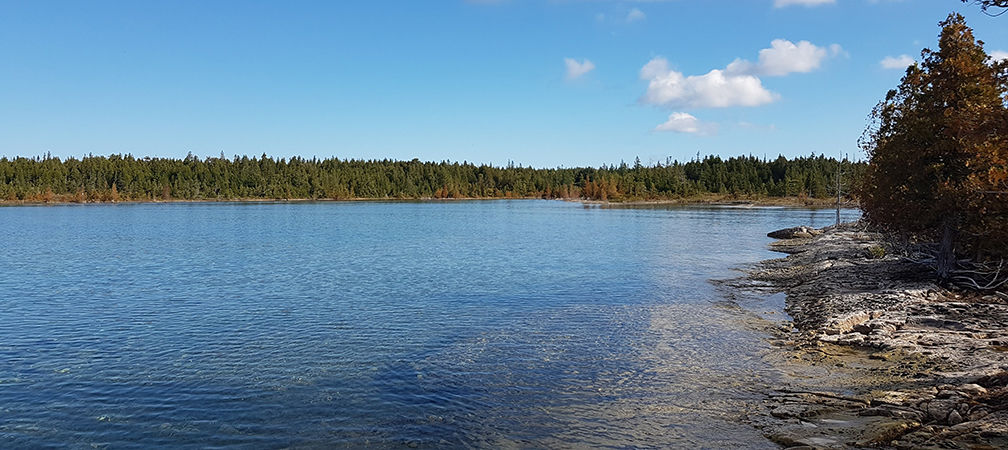
Another incredible aspect of fieldwork is the opportunity to collaborate with our volunteer stewards. While visiting Pelee Island, we looked for monarch caterpillars on milkweed, scoured the ground for snails, cycled along roads looking for snakes and chased butterflies.
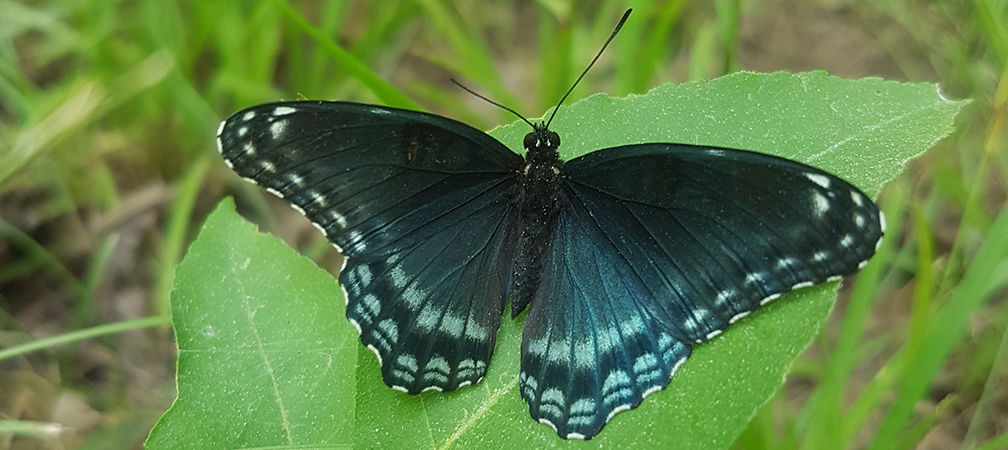
Earlier this summer, a small group attended a butterfly identification workshop led by expert ecologist and Ontario Nature Board Member, James Kamstra.
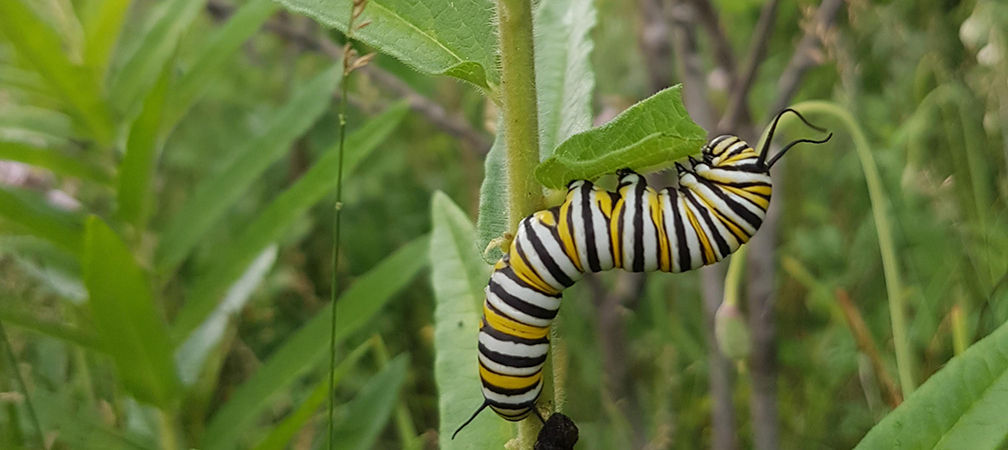
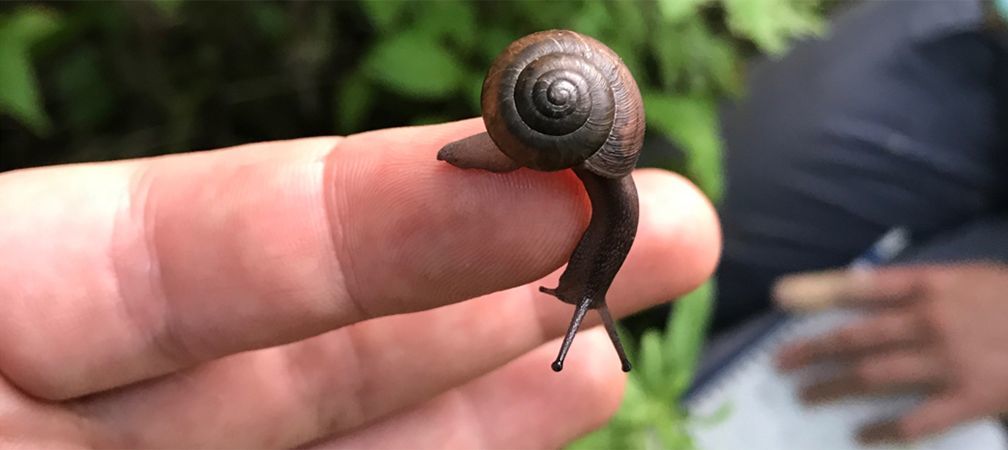
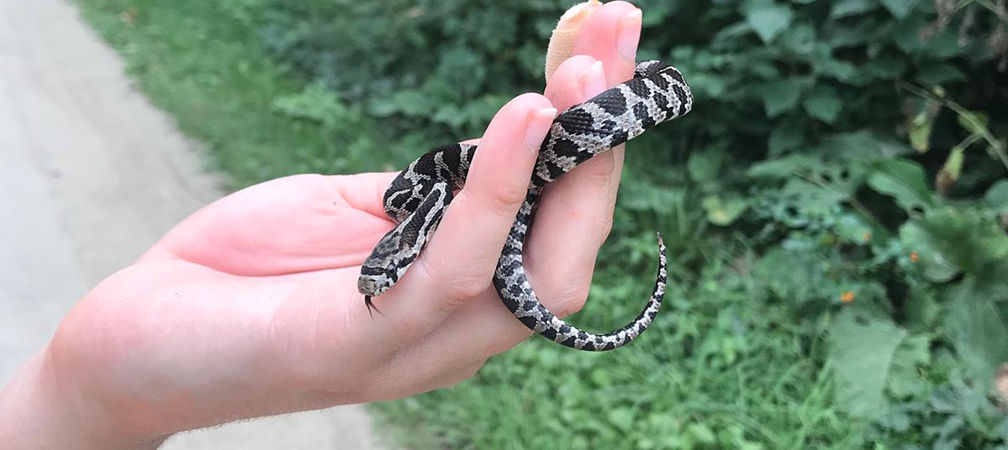
We also conduct road mortality surveys, which can stir up mixed emotions. Documenting fatalities and injuries helps estimate populations and to build awareness of our impact on wildlife. This is especially true for reptiles and amphibians, where close to 40% of species are listed as at risk in Ontario. While surveying roadways by bicycle, an eye for detail and quick reflexes helped us spot a newly hatched endangered eastern foxsnake before it slithered away.
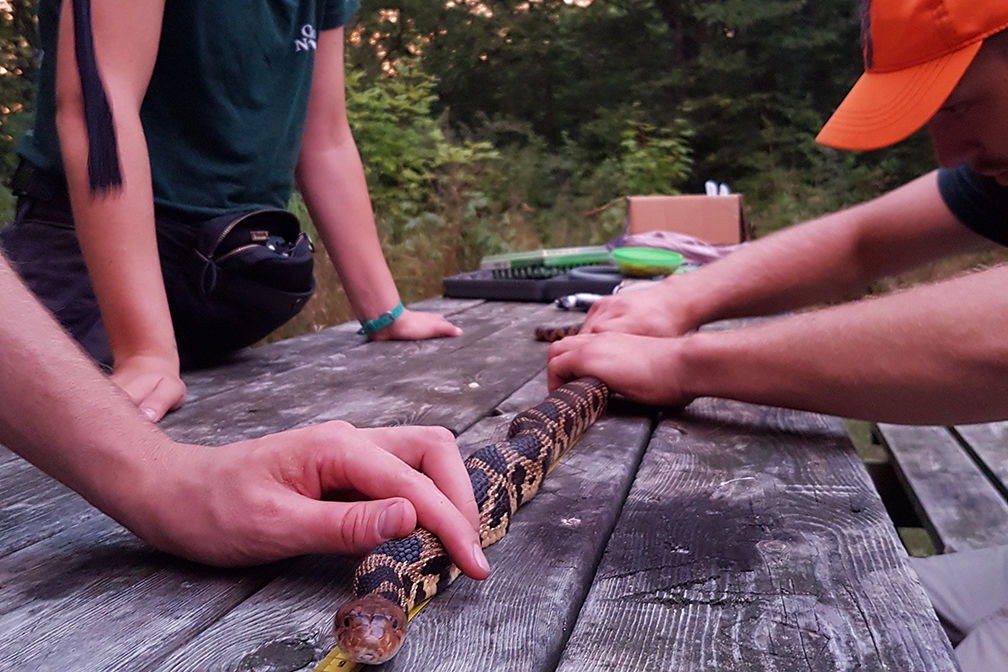
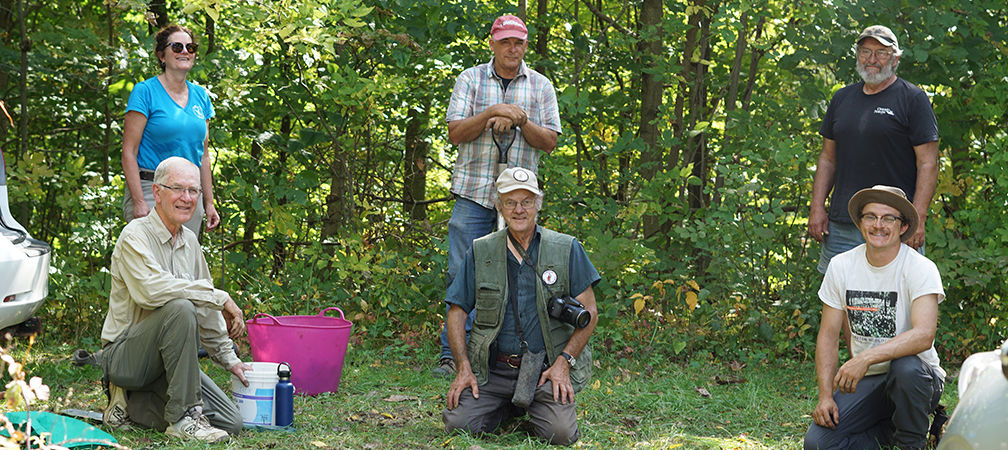
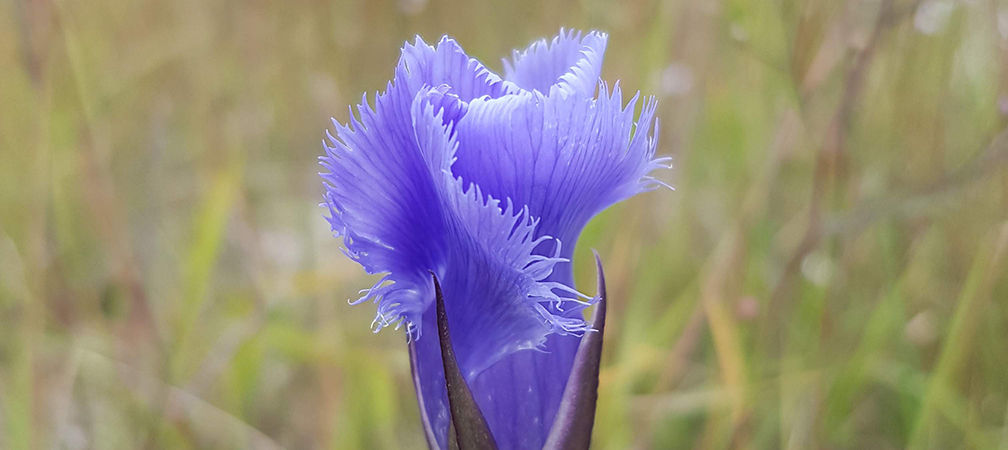
Our nature reserves host diverse plant and wildlife communities. Only by continuing to strategically manage our properties and build collaborative partnerships can we preserve these wild species and wild spaces for generations to come. Whether we’re searching for species at risk, removing invasive species or planting for the future, we are grateful to all individuals and organizations who contributed their time, expertise and, of course, funding to support the Nature Reserves Program this field season.
This work has been made possible with the support of Ontario Nature members and the following funders:


Ontario Centre for
Pranic Healing

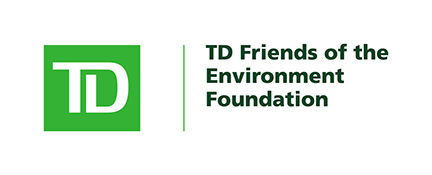
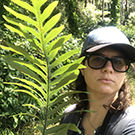
Gananoque Lake Nature Reserve © Smera Sukumar